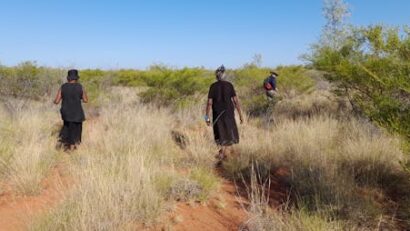Man dödades – nu ska 350 björnar avlivas
Slovakien ger grönt ljus till att avliva 350 björnar sedan en man dödats i en sannolik björnattack. Läs mer…
Nyheter och länkar - en bra startsida helt enkelt |Oculus lyx vitae
Slovakien ger grönt ljus till att avliva 350 björnar sedan en man dödats i en sannolik björnattack. Läs mer…
Slovakien ger grönt ljus till att avliva 350 björnar sedan en man dödats i en sannolik björnattack. Läs mer…

Getty ImagesWe now have a clearer picture of Donald Trump’s “Liberation Day” tariffs and how they will affect other Läs mer…
Colombia ska köpa svenska stridsflyget Jas Gripen, meddelar landets president Gustavo Petro. Läs mer…
US President Donald Trump has imposed a range of tariffs on all products entering the US market, with Australian exports Läs mer…
Börserna i Tokyo och Seoul faller kraftigt i öppningen, timmar efter det att USA:s president Donald Trump meddelat… Läs mer…

Sarah Maclagan/Author providedThe greater bilby (Macrotis lagotis) is one of Australia’s most iconic yet at-risk animals — and the Läs mer…

Sarah Maclagan/Author providedThe greater bilby (Macrotis lagotis) is one of Australia’s most iconic yet at-risk animals — and the Läs mer…